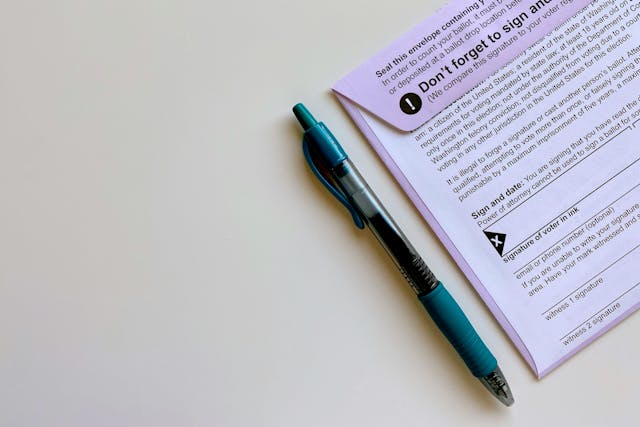85,000 Veterans Sought Treatment for Military Sexual Trauma in 2012

According to the Service Women's Action Network (SWAN), the VA spent nearly $872 million on treatment related to military sexual trauma in 2010 (the last year in which complete data is available). However, these are not the only costs associated with MST; there is a human cost as well.
More than 85,000 veterans sought treatment last year in connection with military sexual trauma, according to an article by the Associated Press. What this means is that above and beyond the cases reported this year or last year, thousands of veterans from decades past are still trying to come to grips with the abuse they suffered while serving.
The treatment of MST can last for the rest of a veteran's life, according to Joy Ilem, Deputy National Legislative Director for Disabled American Veterans (DAV):
"MST-related symptoms can last a lifetime and therefore a lifetime of medical/mental health care at varying levels is necessary."
The number of veterans seeking mental health treatment has steadily increased over the last several years, something that the VA says is due to "proactive screening of all Veterans to identify those who may have symptoms of depression, Post Traumatic Stress Disorder (PTSD), problem use of alcohol or who have experienced military sexual trauma (MST)."
In addition to the veterans who sought treatment for military sexual trauma, more than 4,000 of them filed for disability benefits. It's difficult to calculate just how much that would mean in terms of dollars, as each case is different. Approximately 30-50 of those cases are approved and compensation is based upon a variety of factors, but getting approval is difficult and sometimes traumatic -- something that lawmakers are actively looking to change.On top of what the VA spends to deal with the aftermath of MST are the costs that the Department of Defense (DoD) incurs. The exact amount the DoD spends on combating MST is not known, but according to Deborah Tucker, executing director of the National Center of Domestic and Sexual Violence, it could be quite a bit.
In an interview with The Fiscal Times, Tucker said, “It’s bound to be more than we would ever guess given the number of people who are coming forward, both women and men, reporting that they’d been sexually assaulted.”
Tucker went on to explain that active duty military members are eligible for six counseling visits through the sexual assault office at each installation before the service member's command gets involved.
“If you start counting all of that, plus medical costs, because I’m sure people are getting not only forensic exams and ongoing care for injuries sustained, it’s a staggering number,” Tucker added.
"It is however, more difficult to access the true “human cost” for survivors of MST." says Ilem. "If you read a personal testimony/account from an MST survivor you will see there is such a deep sense of betrayal and sadness when this happens to someone during military service. Even with treatment the nature of the assault often creates a lifetime of pain and mental suffering."
People who have been victims of MST often suffer from mental health conditions such as PTSD, depression, eating disorders or substance abuse. Victims often have difficulty in holding onto jobs or relationships. Homelessness is a concern as well, as 39-53 percent of all homeless female veterans screened positive for MST.
The VA recently completed the hiring of more than 1,600 mental health providers in an attempt to meet the growing needs of veterans dealing with all manners of mental health problems, including those related to MST. However, with the sequestration cuts to operating budgets, it's difficult to know what sort of an immediate impact this will have on the availability of care.
On the other end of the financial spectrum is the Sexual Assault Prevention and Response (SAPR) program. With a rather paltry budget of just $14 million, this is the program that is supposed to prevent sexual assault in the military, but is clearly failing.
Whatever the costs of treating military sexual trauma are, it's clear that the number is staggering, and only going up as more victims seek treatment.



